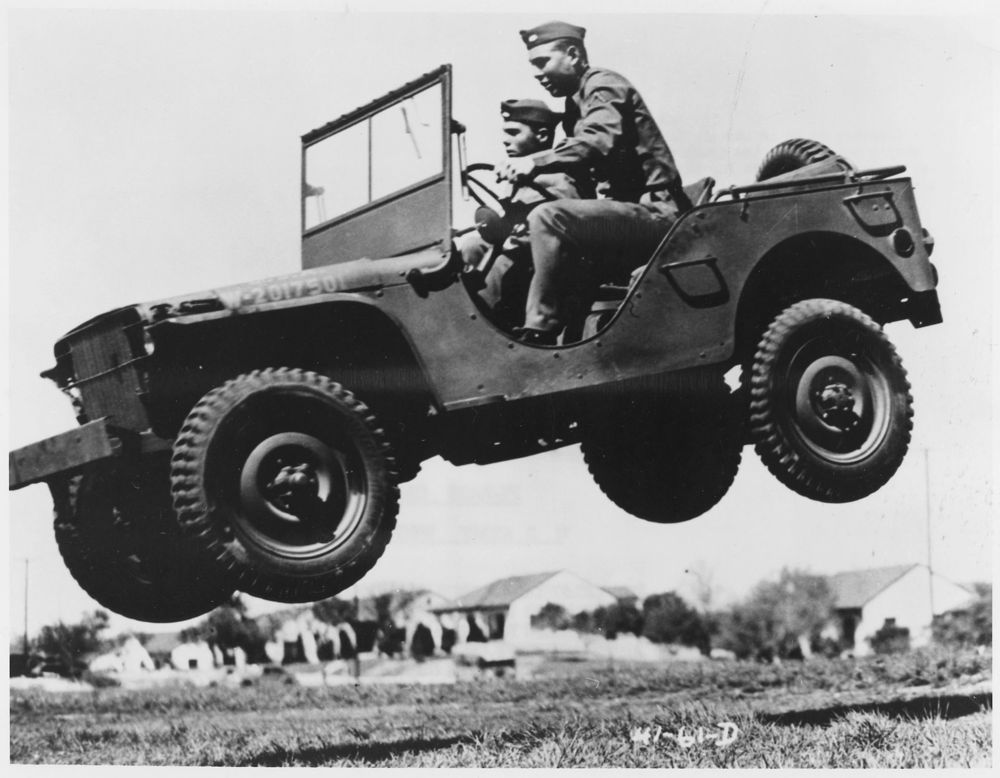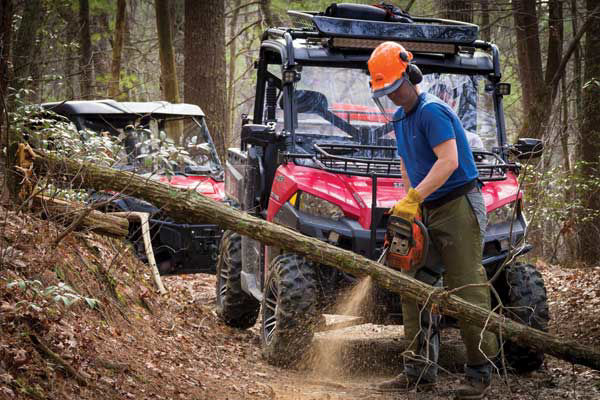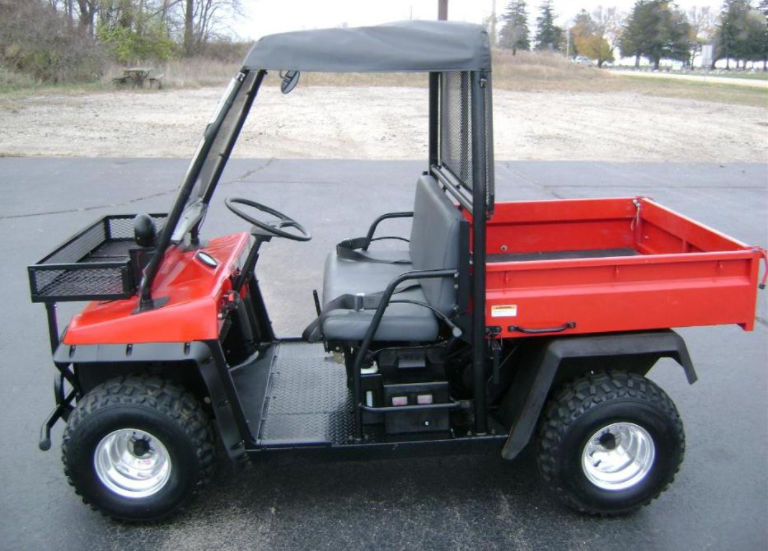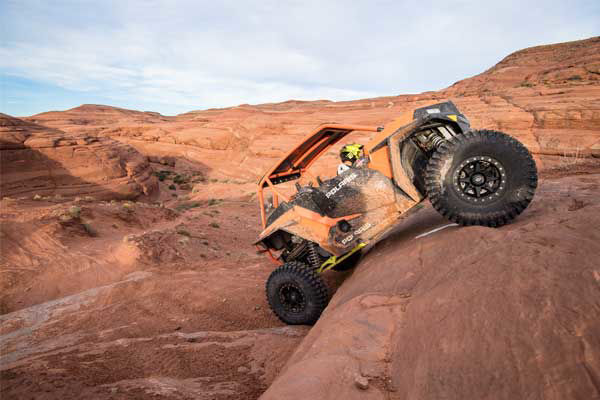
Jeep! In World War II, Jeep removed their roofs and was one of the inspirations behind the eventual creation of the side-by-side vehicle – the UTV! We’ve all heard of Jeep Wagoneer, Jeep Wrangler, Jeep Cherokee, and Jeep Mahindra, so it’s no surprise that Jeep was one of the inspirations of the off-road UTV with their consistent evolution of sport utility vehicles.

What does UTV stand for?
UTV stands for Utility Task Vehicle or Utility Terrain Vehicle.
This name is fitting, since UTVs are built and used for work more than they are for recreation. At the time of UTV’s invention, ATVs had already been in use since 1961 and were used for work as well. UTVs copied a lot of the same design fundamentals while adjusting them to a new vehicle type.

Invention of the UTV
There is no clear moment in history of when the UTV was invented. However, it can be concluded that Jeeps without roofs and the dune buggies of the 1950s were some of the influences of the UTV creation. The first vehicle that is considered to be the first UTV in UTV history is the Kawasaki Mule, which was created in 1988. Mule, or Multi-Use Light Equipment, was a four-wheel model that blended some aspects of the ATV with something new. Since ATVs were being used for both work and recreational purposes at this point, Kawasaki aimed to create a vehicle that would be used more specifically for work needs, giving the driver the ability to drive over a range of terrains.

Today, UTVs and ATVs are used by a range of people. From riding enthusiasts, to hunters, to park rangers, UTVs and ATVs are a staple in the powersports industry!
If you have a UTV or ATV, we’d love to hear what you used it for. Comment below!

